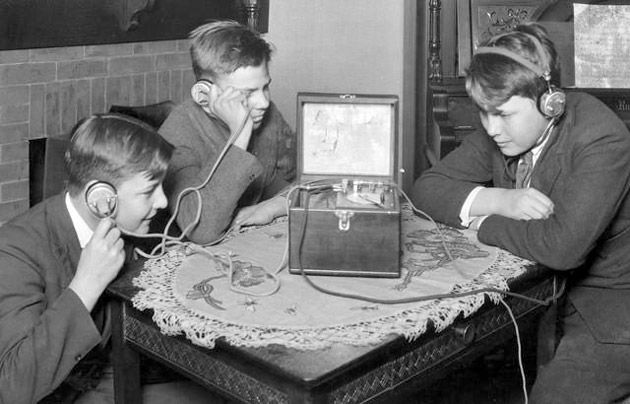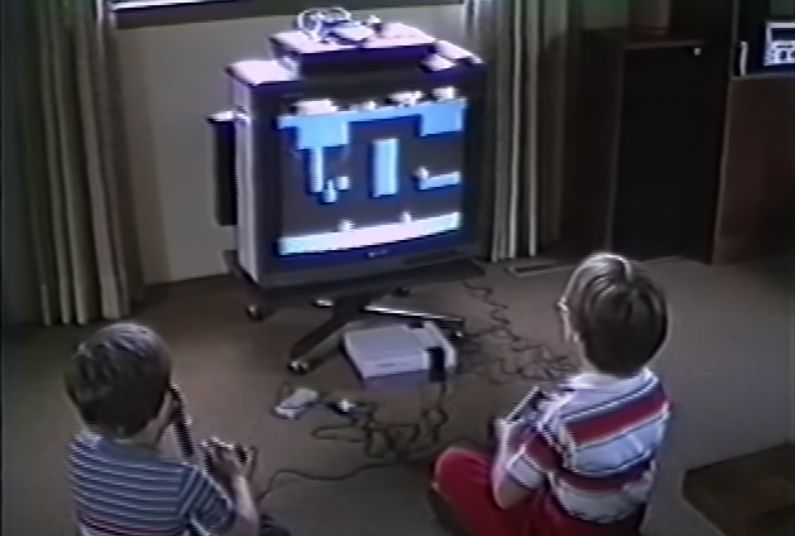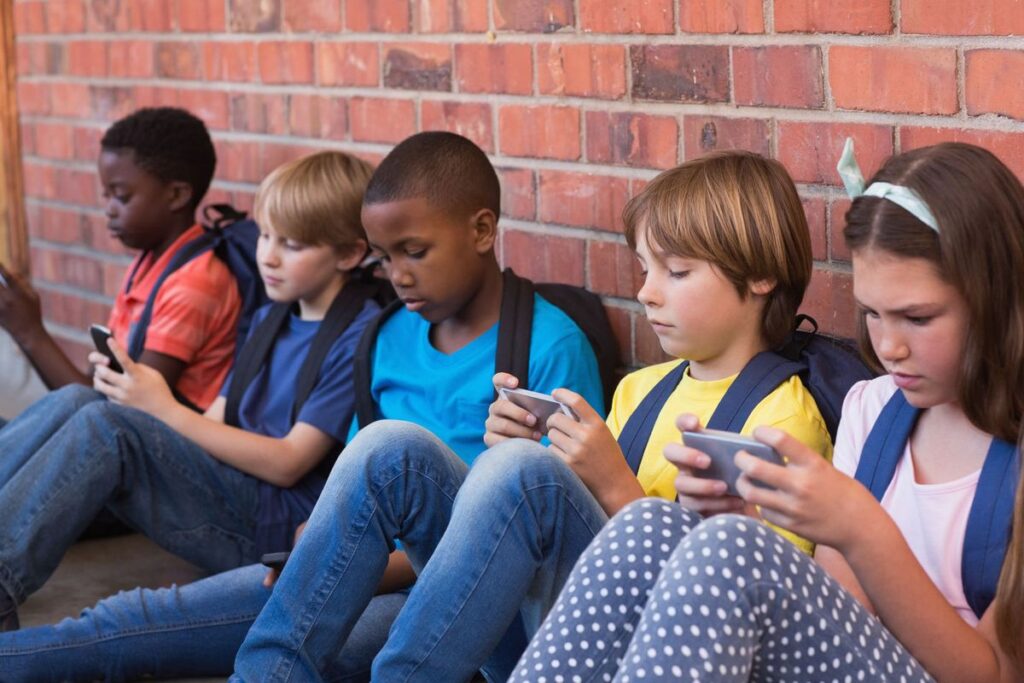With progress comes fear. Throughout the 20th century, every major technology or advancement in the world has been viewed with suspicion. From the novels of the 1800s to the smartphones of the 2010s, the question lingers: Will our inventions lead to our destruction?
For many people, the answer is a resounding “Yes!”
Here, we will examine the various negative predictions that have accompanied every significant social advancement across different generations. Following the trail, we will discover whether humanity is on the brink of its doom, as many believe.
At 2 a.m., you could zoom into a random neighborhood bedroom to stumble upon the glowing screen of a smartphone. A teenager is hunched over their device, scrolling through endless TikTok videos.
“Fiction novels invaded the world with their magic, and people were so dazzled.”
Instagram reels and Snapchat streaks could be lining up for their turn. The teenager is amused and engrossed. They are in a whole different world, far removed from the darkness of their immediate surroundings, their friends, family, and even sleep.
Scenarios like this have raised an alarm among experts. Studies have exposed the severe damage smartphone technology has caused among the younger generation in just a few decades.
Specifically, a 2023 study disclosed that there is a strong link between excessive smartphone use and many mental health challenges in society. The Journal of Adolescent Health listed low attention span, depression, and increased anxiety as direct fallouts.
Humanity is slowly declining, they’ve warned. But this isn’t the first time. From the onset of the 19th century, experts have waved the red flag over the negative impacts of technological advancements. Let’s take a look.
The 1800s: Novels and the “Reading Mania”
Would you believe it if you heard that society was once scared about kids reading too much?
Yes! As shocking as it may sound, it is indeed true. Way before we had computers, I’m talking about more than a 100 years before, “reading mania” was a big problem.

Fiction novels invaded the world with their magic, and people were so dazzled. Thanks to the Industrial Revolution, the invention of the printing press revolutionized Europe and North America.
Paperbacks were much cheaper. Although we began with the steam-powered press, we were able to produce books in large quantities. Newspapers and magazines also began to flood homes and offices.
“Democracy owes its rapid advancement to the enlightenment the people received from the airwaves.”
By the 1830s, people began to have access to serialized novels. The printing revolution, in turn, sparked the writing and reading revolution. Authors began to unleash their long-hidden creativity. Masters of literature, such as Charles Dickens, gained massive popularity through their works.
Libraries began to appear, and more schools were constructed. People, especially young men and women, would spend hours with novels. The entertainment was irresistible. Literacy rates increased across all classes of society, but so did fear.
Many critics began to see danger ahead. They worried about the addiction to novels. “Reading Mania,” as they called it, especially with the fiction works, was giving youths more of a fantasy than reality.
They also complained about moral decay and the manipulation of young emotions. However, as frightening as these concerns seemed, society managed to survive relatively well. However, many have insisted that that era damaged millions of people.
From the literature, societal panic soon shifted to a new direction. Music.
The 1920s: Jazz, Radio, and the Moral Panic
The 1920s introduced the “Jazz Age.” At the time, Jazz music and radio broadcasting took over the world. With it came another round of anxiety. The source of the concerns about jazz music was its roots.

Jazz music originated from African American culture. It also had a seductive rhythm that easily put people in the mood for sexual activity. People began to suspect that the music genre would spark rebellion and weaken the moral makeup of society.
The radio came along almost at the same time. The early 1920s saw the first commercial radio broadcast.
“Although the television turned out to be a solid cause for concern, it also came with many positives.”
For the first time, music could reach many homes simultaneously. Parents thought radio voices would compete for their influence over their children and eventually breed domestic rebellion.
The combination of radio and Jazz music was too much of a threat for parents to ignore. Contrary to their fears, the radio is widely believed to have done more good than harm. The negative influence from the radio didn’t measure up to the scale that parents were expecting.
Aside from being a source of entertainment and a distraction from crime, it contributed to the development of society. Democracy owes its rapid advancement to the enlightenment the people received from the airwaves. But things were about to get even more exciting.
The 1950s: Television and the “Boob Tube”
After a few decades of enjoying the radio, humanity was treated to a bigger surprise. Television brought with it a whole new level of entertainment—and concern. People would not only hear voices and sounds, but they could also view pictures.
Television invaded homes. Families would gather, not at the dinner table, but in front of the TV screen for hours on end. Children were the last to leave the glowing boxes; they were glued to them from morning to night, as much as they had time.

Soon, worries began to set in. Parents cried about television addictions. They were concerned that young people could be distracted from more important activities for an extended period.
Parents and educationists also warned that the reign of the TV was killing the reading culture. Kids spent way less time reading their books than they did in front of the screens. As predicted, grades began to drop.
“Many give up sleep to satisfy their craving for entertainment. Social skills began to suffer, and so did academics.”
Adults weren’t spared from its influence. TV promoted consumerism. That is, more people were persuaded to buy goods and services through flashy advertisements. These ads presented certain products, such as cars, food, and electronics, as the ultimate goal of life and the source of fulfillment.
The television also did a lot in promoting sexual immorality and violence through music and movies. The “boob tube,” as it was called, got many youths hooked on pornography addiction. TV shows such as “Gunsmoke” showed disturbing amounts of violence in a way that many believed made it appealing.
Although the television proved to be a significant cause for concern, it also had many positives. TV advanced the civil rights movement, allowing many African Americans to stay informed about the movement.
The public gained critical information about key events, such as the Vietnam War. Millions of people were also able to witness the first moon landing from the comfort of their own homes. Four decades later, the entertainment aspect of TV reached a new level.
The 1990s: Video Games and Virtual Violence
Just when they thought they’d seen enough, parents were caught off guard again. The 1990s opened the door to one of parents’ biggest enemies: the video game. As expected, violence-themed games were on the front lines.

From “Mortal Kombat” to “Grand Theft Auto,” these games introduced many youths to virtual violence. Parents feared that these games could encourage kids to recreate what they had seen.
Their fears were justified after authorities began to link several school shootings by teenagers to video games. But scientifically, this connection didn’t exist. If it did, at all, it was pretty weak, according to research findings. But parents continued to worry.
“Along with the widespread use of social media came a dangerous rise in health challenges, many of them mental.”
Aside from the exposure to violence, video games kept many kids awake at night. The obsession with soccer and motor racing had youths hooked to their gaming pads for as long as 15 hours a day.
Many give up sleep to satisfy their craving for entertainment. Social skills began to suffer, and so did academics. However, video games have their advantages.
Many were pretty educational and fostered healthy competition amongst kids. However, when you place the benefits side by side with the fallouts, the gap is likely to justify the fears. Yet video games weren’t the ultimate worry. A bigger battle lay ahead.
The 21st Century: Smartphones, Social Media, and the Surveillance Economy
The introduction of Smartphones in the 2000s marked a significant leap in information technology. However, for many parents, it was a complication in the war against distraction. As usual, smartphones and their impact on society have been viewed with suspicion.

For many people, it could turn out to be the final nail in the coffin of a normal society. Smartphones are essentially a combination of almost every previous trend we’ve discussed.
Smartphone users have access to a wide range of content, including music, videos, games, and the World Wide Web. With the rise of social media, the challenge got even more intense. Many parents braced themselves for a big battle, especially as they could hardly control what their kids were exposed to.
“We have survived every trend across decades, and we can survive again.”
Social media sites such as Facebook, Instagram, X, and YouTube study what their users love to see. They then push such content to the user’s feed. This content includes adverts that keep them glued for many hours.
From violence to drugs, social media can be used to promote lots of vices. Scammers and sexual predators have also gained access to many kids through the internet. Also, youths have been brainwashed through political propaganda and misinformation online.
Along with the widespread use of social media came a dangerous rise in health challenges, many of them mental. These include sleep disorders, depression, and anxiety. Suicide rates have also shot up. The dangers are real, now more than ever.
The Way Out: Balance Over Rejection
From the emergence of mass paper printing to smartphone technology, every generation of parents has had to nurse fears. Fears of a gradual decline in a healthy society. While their initial concerns haven’t always turned out to be accurate, modern developments are proving otherwise.
Is society on the brink of doom?
It’s difficult to say. While modern inventions like video games and smartphones have delivered undeniable benefits, the damage they’ve caused has been equally obvious.
Unfortunately, things are likely to get worse. There will be more advancements in technology. The development of Artificial Intelligence is a pointer. More sophisticated infrastructure could hasten the risks.
Thankfully, we aren’t helpless. We have survived every trend across decades, and we can survive again. All we need to do is find a balance between technology and sanity rather than push for rejection.
With more regulation, supervision, and sensitization, we could stop any incoming disaster. We just can’t miss out on what tech has in store for us. What do you think about the rise of new inventions and trends and their influence on society? Are you seeing a disaster ahead?


